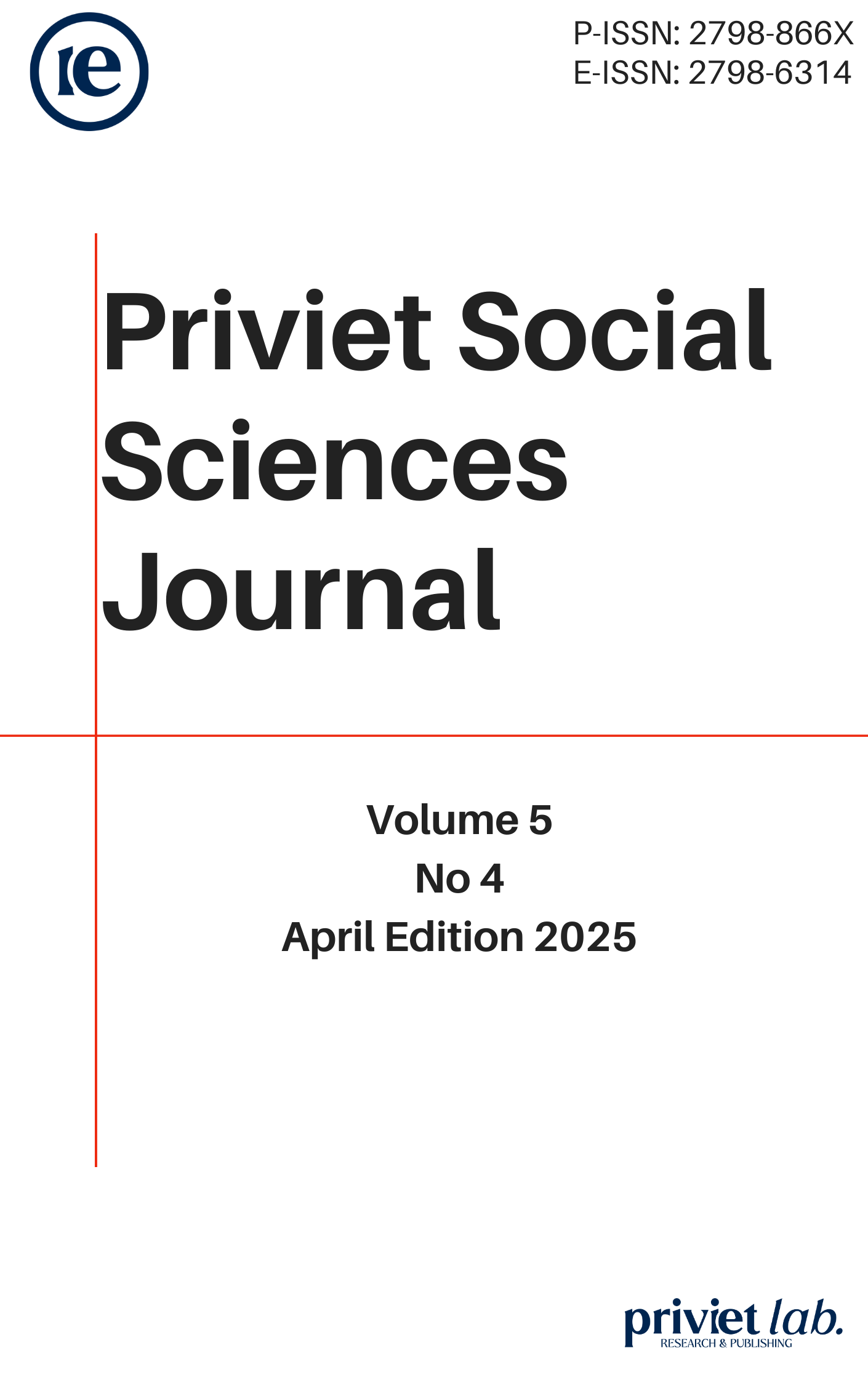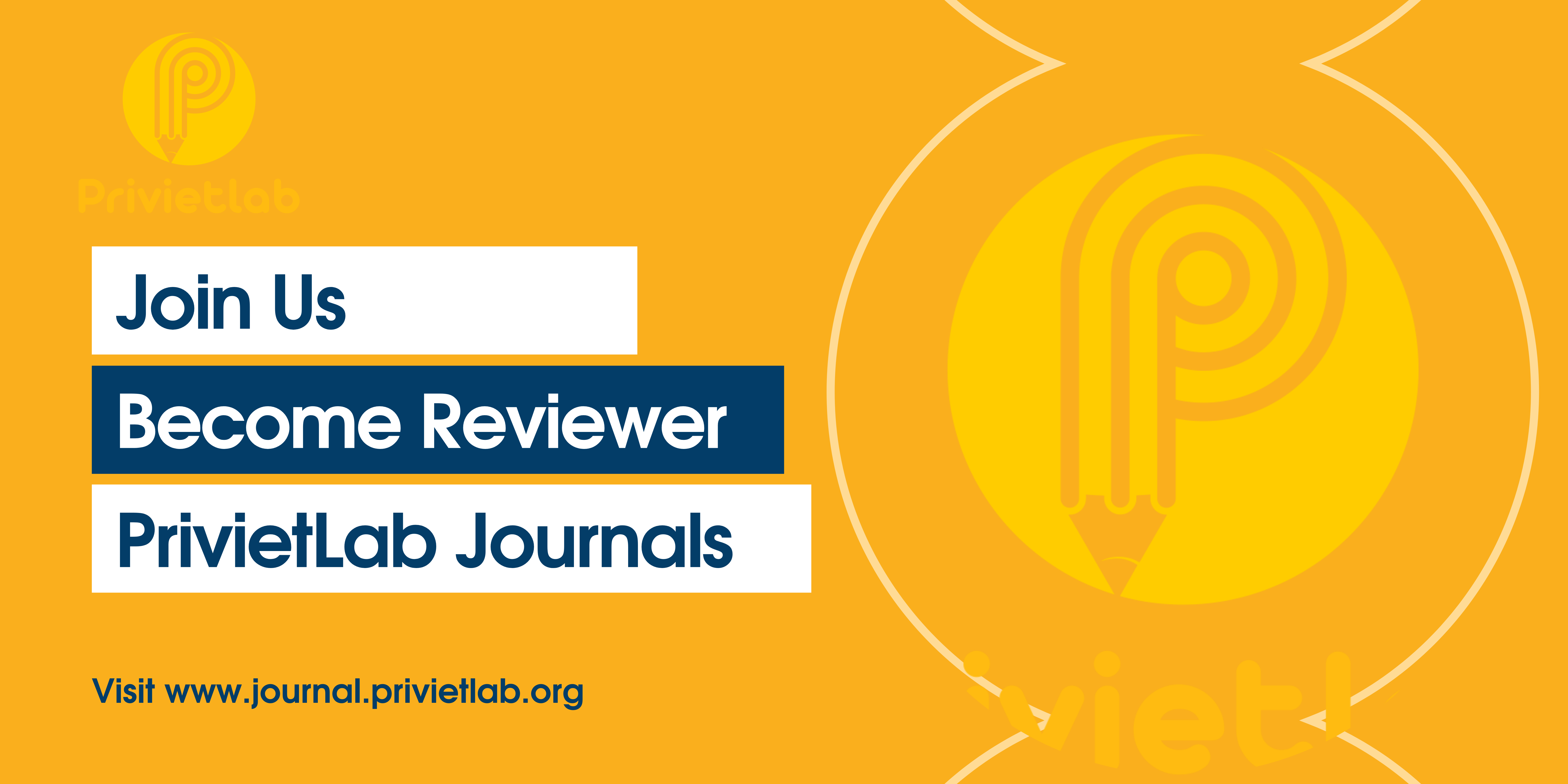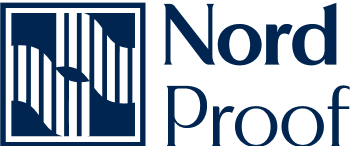Satirical humor as a tool for political critique: Analyzing the role of MEET NITE LIVE in shaping public perceptions of government policies
DOI:
https://doi.org/10.55942/pssj.v5i4.359Keywords:
Satirical Humor, Government Policy, Framing Theory, Critical Discourse Analysis, Public Perception, Alternative MediaAbstract
In the digital era, media plays an essential role in shaping public opinion, with alternative media platforms emerging as key players in critiquing government policies. Among these, satirical content has gained significant traction as a method of social critique. This study investigates MEET NITE LIVE, an Indonesian satirical program, to understand how humor and framing techniques are employed to critique government policies and influence public perceptions. By utilizing a qualitative approach that combines Critical Discourse Analysis (CDA) and Content Analysis, the study explores how the host uses satirical humor—particularly irony, sarcasm, and parody—to frame government policies, highlighting inefficiencies, injustices, and contradictions, particularly within the economic and educational sectors. The research reveals that the humor in MEET NITE LIVE goes beyond mere entertainment. It serves as a tool for social critique, encouraging the audience to critically reflect on pressing socio-political issues. By using humor to expose the flaws in government actions, the show fosters a deeper public awareness, prompting meaningful discussions about the implications of these policies. This study contributes to a deeper understanding of how satirical media, specifically through programs like MEET NITE LIVE, functions as a tool for political discourse. By analyzing the specific humor techniques employed, such as irony, sarcasm, and parody, the research reveals how satirical content critically engages the public with government policies. It demonstrates the potential of satire not only to entertain but also to stimulate critical reflection on socio-political issues, thereby encouraging a more informed and active public engagement with the implications of government actions The findings highlight the importance of alternative media in providing a space for open critique, allowing the public to engage with social and political issues that are often overlooked or constrained by mainstream media. These findings emphasize the role of alternative media in expanding the public discourse, which in turn can have a significant impact on shaping opinions and policies.
References
Billig, M. (2005). Laughter and ridicule: Towards a social critique of humour. https://doi.org/10.4135/9781446211779
Day, A. (2011). Satire and dissent: Interventions in contemporary political debate. Indiana University Press. https://tinyurl.com/cb63mhfm
Drisko, J. W., & Maschi, T. (2016). Content analysis. Oxford university press. https://doi.org/10.1093/acprof:oso/9780190215491.001.0001
Entman, R. M., Matthes, J., & Pellicano, L. (2009). Nature, sources, and effects of news framing. In The handbook of journalism studies (pp. 195-210). Routledge. https://doi.org/10.4324/9780203877685
Entman, R. M. (2009). Projections of power: Framing news, public opinion, and US foreign policy. University of Chicago Press. https://doi.org/10.7208/9780226210735
Fairclough, N. (2010). Critical Discourse Analysis: The Critical Study of Language 2nd edition. London: Routledge. (pp. 10-21)
Fairclough, N. (2013). Language and power 2nd edition. London: Routledge. https://doi.org/10.4324/9781315838250
Goffman, E. (1974). Frame analysis: An essay on the organization of experience. Harvard University Press.
Gray, J., Jones, J. P., & Thompson, E. (2009). The state of satire, the satire of state. Satire TV: Politics and comedy in the post-network era, 3-36. https://doi.org/10.18574/nyu/9780814733097.003.0004
Hutcheon, L. (2023). A theory of parody: The teachings of twentieth-century art forms. University of Illinois press. https://shorturl.at/1kfij
Johnson, A., Del Rio, E., & Kemmitt, A. (2010). Missing the joke: A reception analysis of satirical texts. Communication, Culture & Critique, 3(3), 396-415. https://doi.org/10.1111/j.1753-9137.2010.01077.x
Johnson-Cartee, K. S. (2005). News narratives and news framing: Constructing political reality. Rowman & Littlefield. https://shorturl.at/Wtft6
Jones, J. P. (2010). Entertaining politics: Satiric television and political engagement. Rowman & Littlefield. https://shorturl.at/gmMpp
Kenix, L. J. (2011). Alternative and mainstream media: The converging spectrum (p. 224). Bloomsbury Academic. doi.org/10.5040/9781849665421
KhosraviNik, M. (2014). Critical discourse analysis, power, and new media (digital) discourse. Why discourse matters: Negotiating identity in the mediatized world, 283-301. https://rb.gy/cfif25
Kitzinger, J. (2007). Framing and frame analysis. Media studies: Key issues and debates, 134-161. http://digital.casalini.it/9781446204498
Lievrouw, L. A. (2023). Alternative and activist new media. John Wiley & Sons. https://shorturl.at/ojEdI
Mayring, P. (2021). Qualitative content analysis: A step-by-step guide. London: Sage Publication. http://digital.casalini.it/9781529766738
McCombs, M., & Valenzuela, S. (2020). Setting the agenda: Mass media and public opinion. John Wiley & Sons. https://doi.org/10.4000/lectures.54058
Milani, T. M., & Johnson, S. (2008). CDA and language ideology: Towards a reflexive approach to discourse data. Methoden der Diskurslinguistik: Sprachwissenschaftliche Zugänge zur transtextuellen Ebene. Berlin: Mouton de Gruyter, 361-384. https://doi.org/10.1515/9783110209372.5.361
Mogashoa, T. (2014). Understanding critical discourse analysis in qualitative research. International Journal of Humanities Social Sciences and Education, 1(7), 104-113. https://www.arcjournals.org/pdfs/ijhsse/v1-i7/12.pdf
Potter, R. A. (2019). Bending the rules: Procedural politicking in the bureaucracy. University of Chicago Press. https://doi.org/10.1111/padm.12816
Rheingold, H. (2008). Using participatory media and public voice to encourage civic engagement (pp. 97-118). MacArthur Foundation Digital Media and Learning Initiative. https://doi.org/10.7551/mitpress/7893.003.0006
Rheindorf, M. (2022). The discourse-historical approach: Methodological innovation and triangulation. Identity Politics Past and Present, 45-75. doi.org/10.47788.RNLW3226
Reilly, I. (2012). Satirical Fake News and/as American Political Discourse. Journal of American Culture, 35(3). doi.org/ 10.1111/j.1542-734X.2012.00812.x
Simpson, P. (2003). On the discourse of satire. https://doi.org/10.1075/lal.2.08way
Sorensen, M. J. (2008). Humor as a serious strategy of nonviolent resistance to oppression. Peace & change, 33(2), 167-190. https://doi.org/10.1111/j.1468-0130.2008.00488.x
Tewksbury, D., & Scheufele, D. A. (2019). News framing theory and research. In Media effects (pp. 51-68). Routledge. doi.org/ 10.4324/9780429491146-4
Young, D. G. (2019). Irony and outrage: The polarized landscape of rage, fear, and laughter in the United States. Oxford University Press. https://doi.org/10.1093/oso/9780190913083.001.0001
Zekavat, M. (2017). Satire, humor and the construction of identities. https://doi.org/10.1075/thr.6
Downloads
Published
How to Cite
Issue
Section
License
Copyright (c) 2025 Ulfah Rosyidah, Wafirotul Masfuah

This work is licensed under a Creative Commons Attribution 4.0 International License.

















